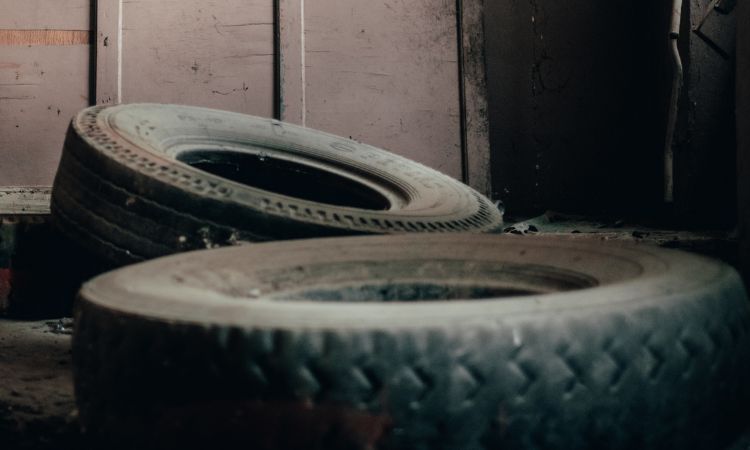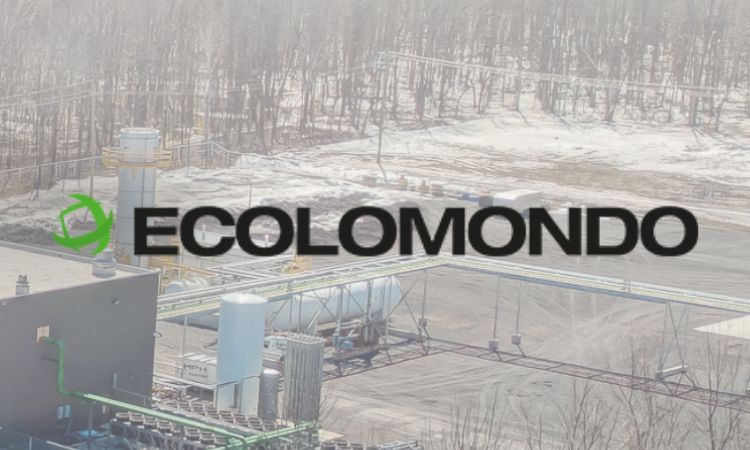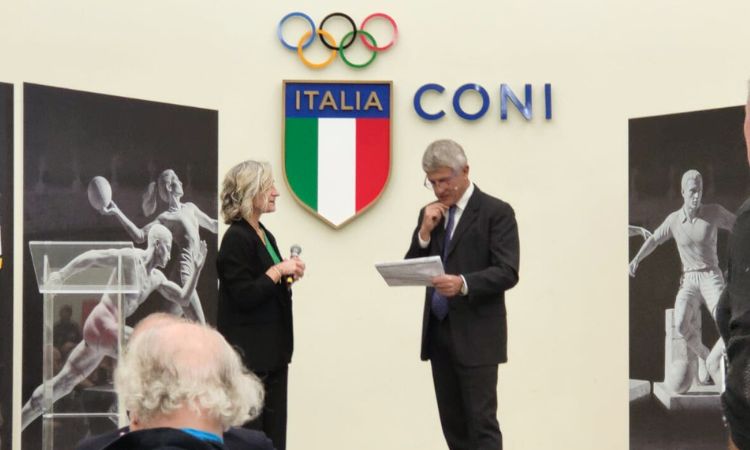Researchers from the University of Vienna have shown how tire wear particles enter the food chain
The Tire Industry Project, a cooperative association of tire manufacturers that solves common industry issues throughout the tire sector, has been looking for strategies to deal with tire wear particles that end up in the land, streams, and oceans as microplastics.
Researchers at the University of Vienna's Centre for Microbiology and Environmental Sciences have now demonstrated that chemicals released from tires do, in fact, enter the food stream and may be consumed along with Quinone 6PPD which was defined as a toxin that impacts Coho Salmon.
Their examinations of the impacts of contaminants from tire wear on lettuce revealed that: The lettuce absorbed all the chemicals investigated, some of which were quite hazardous. It will take further research to determine how this mechanism truly occurs in arable soils. An international publication called Environmental Science & Technology has officially published the report.
The research team lead by environmental geoscientist Thilo Hofmann from the University of Vienna discovered in past investigations that microscopic plastic or tire particles in soil typically release their contaminants in the top soil layers. In their current study, the researchers shed light on whether the pollutants could migrate from there into the crops.
“Tire wear particles contain a number of organic chemicals, some of which are highly toxic,” says Anya Sherman, PhD student at the Centre for Microbiology and Environmental Systems Science (CMESS) and co-first author of the newly published study. Thilo Hofmann, head of the research group, adds; “If these chemicals are released in the root zone of edible plants, they can be a health concern for consumers – provided the chemicals are taken up by the plants.”
Five chemicals were applied by environmental geoscientists to the lettuce plants' hydroponic solutions. Four of them are used in the manufacturing of tires. Not every one of them has yet been proven to be dangerous. Quinone, a transformation product of one of these four chemicals that is produced after the tires are in use and is known to be harmful, is the fifth chemical. Salmon mass deaths in the United States have been connected to the chemical 6PPD-quinone.
“Our measurements showed that the lettuce plants took up all the compounds we investigated through their roots, translocated them into the lettuce leaves and accumulated them there,” Sherman reports. This was also evident when the lettuce plants were not exposed to the chemicals directly, but indirectly via tire crumb. “The lettuce plants continuously take up the potentially harmful chemicals that are released from the tire abrasion particles over the long term,” said Thilo Hofmann.
To learn more, please proceed to the full report.
Weibold is an international consulting company specializing exclusively in end-of-life tire recycling and pyrolysis. Since 1999, we have helped companies grow and build profitable businesses.









